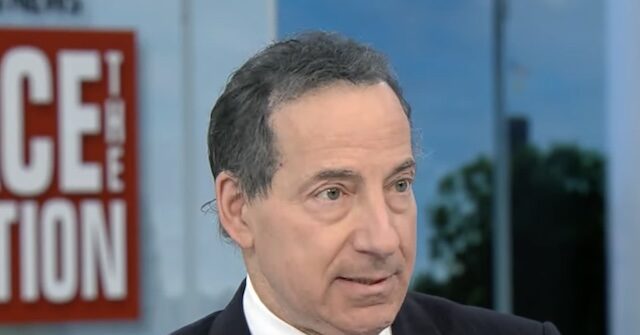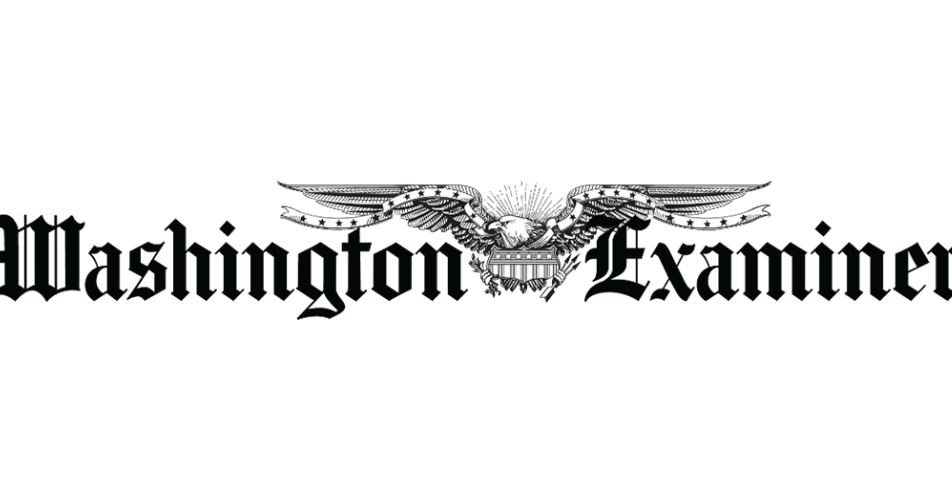Federal Reserve Chair Jerome Powell recently offered crucial insights into the evolving landscape of U.S. monetary policy, specifically highlighting the profound influence of tariffs on domestic inflation forecasts. His remarks underscore a pivotal moment for the US Economy, as the central bank navigates complex economic headwinds, with implications for everything from interest rates to the broader financial stability.
During the European Central Bank’s Forum on Central Banking in Portugal, Powell articulated how the sheer scale of imposed tariffs significantly altered the Federal Reserve’s strategic approach. He explicitly stated that the Fed opted to go “on hold” with interest rate adjustments after observing a material increase in inflation forecasts directly attributable to these tariffs. When questioned if a different course, particularly further rate cuts, would have been pursued absent these trade measures, Powell affirmed, “I think that’s right,” signaling the direct cause-and-effect relationship between trade policy and monetary policy decisions.
In the wake of these pronouncements, Treasury yields exhibited a mixed performance, reflecting investor uncertainty and the intricate dynamics of the bond market. The benchmark 10-year Treasury yield remained largely unchanged at 4.226%, demonstrating a degree of stability amidst the policy discussions. Conversely, the 30-year bond yield edged down by one basis point to 4.761%, while the 2-year yield saw an increase of more than three basis points, reaching 3.754%. These movements, where one basis point equals 0.01% and yields and prices share an inverse relationship, illustrate the sensitive nature of the financial markets to cues from the Federal Reserve and broader economic shifts.
Beyond central bank pronouncements, investors are also closely scrutinizing fresh U.S. economic data, which provides a clearer snapshot of the nation’s economic health. Recent reports indicated a smaller-than-expected contraction in the manufacturing sector for June, with the ISM manufacturing index registering 49.9. While a reading below 50 still signifies contraction, this figure surpassed the Dow Jones consensus of 48.6, suggesting a more resilient manufacturing environment than anticipated. This modest improvement offers a glimmer of optimism amidst ongoing economic adjustments.
Looking ahead, the market’s attention is squarely focused on forthcoming employment data, considered key economic indicators for the US Economy. Crucial insights into the U.S. employment landscape are expected with the release of ADP private payrolls on Wednesday, offering an initial glimpse into job growth. This will be swiftly followed by the highly anticipated official June payroll data on Thursday, which will provide a comprehensive overview of the nation’s labor market and significantly influence future monetary policy expectations, including potential adjustments to interest rates.
Adding another layer of complexity to the economic outlook is the political arena, where President Donald Trump’s ambitious “big, beautiful bill” continues its legislative journey. This sweeping spending measure recently overcame a critical procedural obstacle in the U.S. Senate, moving it closer to becoming law. While economists like Vishnu Varathan, head of economics and strategy at Mizuho Securities, project this bill could add a substantial $3.3 trillion to the national debt over a decade, the prospect of softer Treasury yields could potentially mitigate some of the associated financial pressure, creating a delicate balance between fiscal expansion and market stability.
Ultimately, the current U.S. financial environment is shaped by a confluence of influential factors: the strategic decisions of the Federal Reserve concerning monetary policy and interest rates, the continuous flow of economic indicators providing real-time assessments, and the significant legislative actions emanating from Washington. This dynamic interplay continues to define the economic landscape, presenting both challenges and opportunities for investors and the broader US Economy.
Discover more from The Time News
Subscribe to get the latest posts sent to your email.



